The new Skagen Falster 2 and Diesel Full Guard 2.5 are truly gorgeous smartwatches
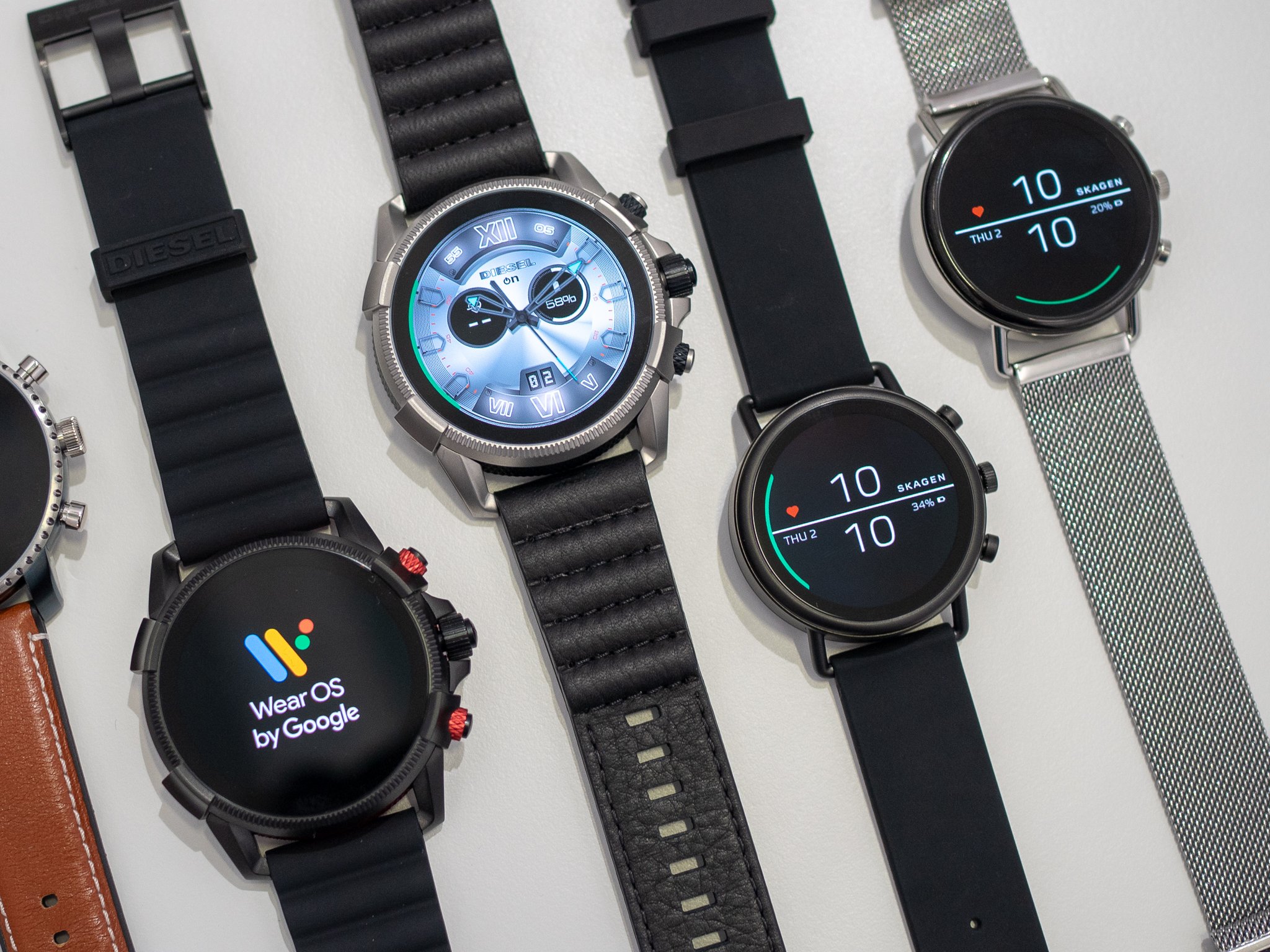

Google has a new version of Wear OS to put on display, and though it's coming to many older smartwatches it's always fun to pair it with some brand new hardware.
Fossil Group obliged, launching the new Skagen Falster 2 and Diesel Full Guard 2.5 smartwatches at IFA 2018 — they're both truly beautiful, but also completely different in their design approaches. One is small, sleek and understated, while the other is big, bold and extremely unique among smartwatches. Both come from brands we know from the mechanical watch world, but the designs have adapted well to smartwatch functionality.

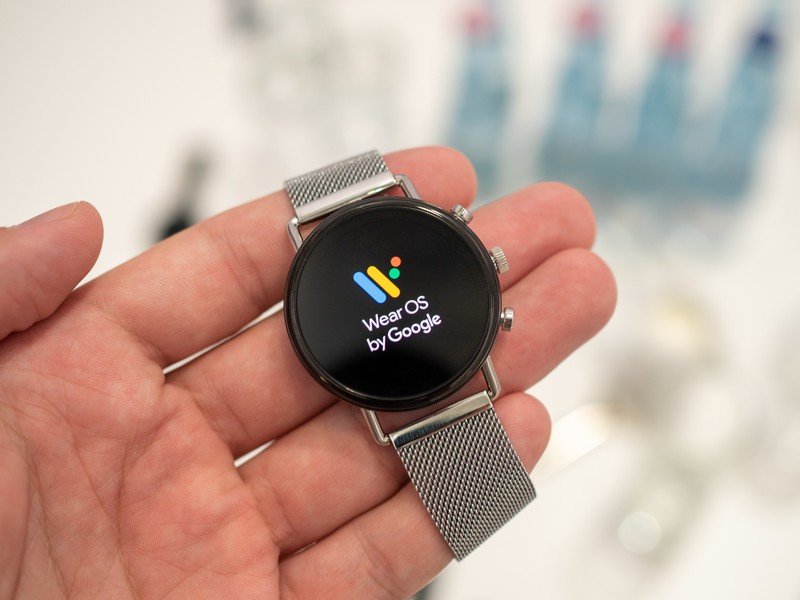
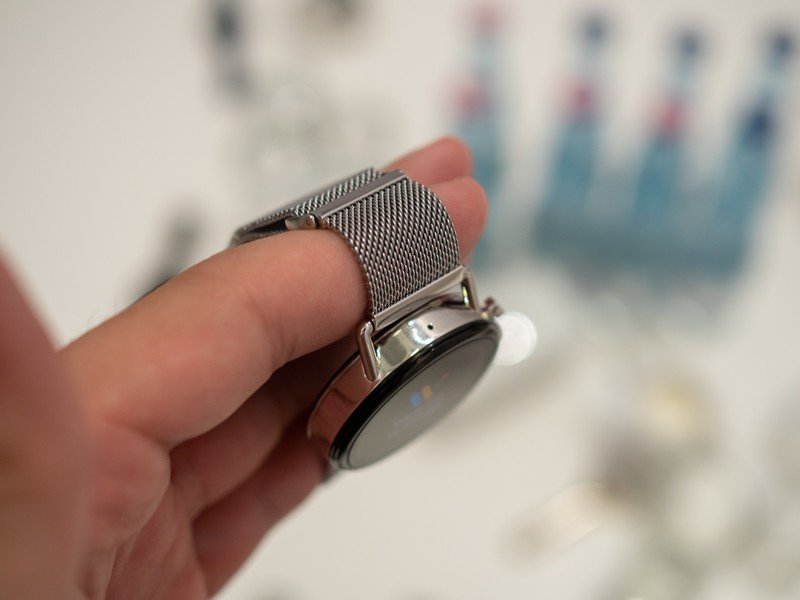
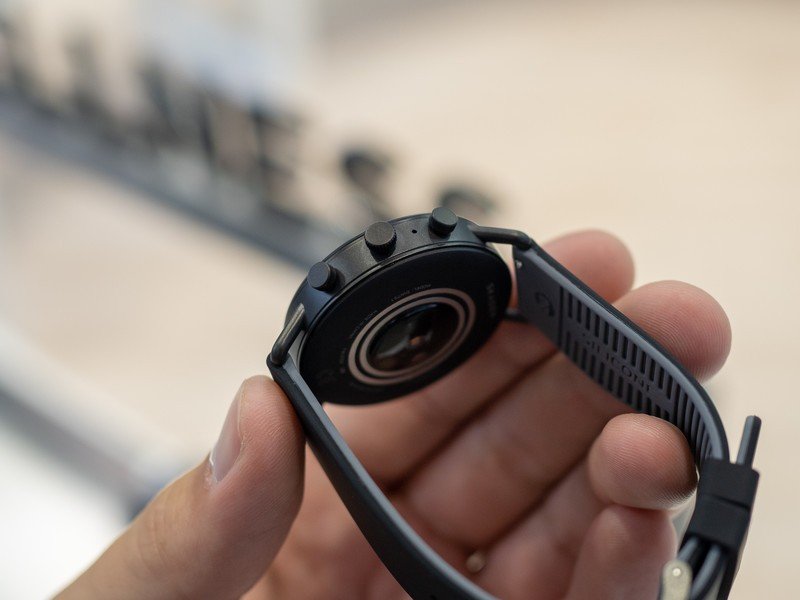

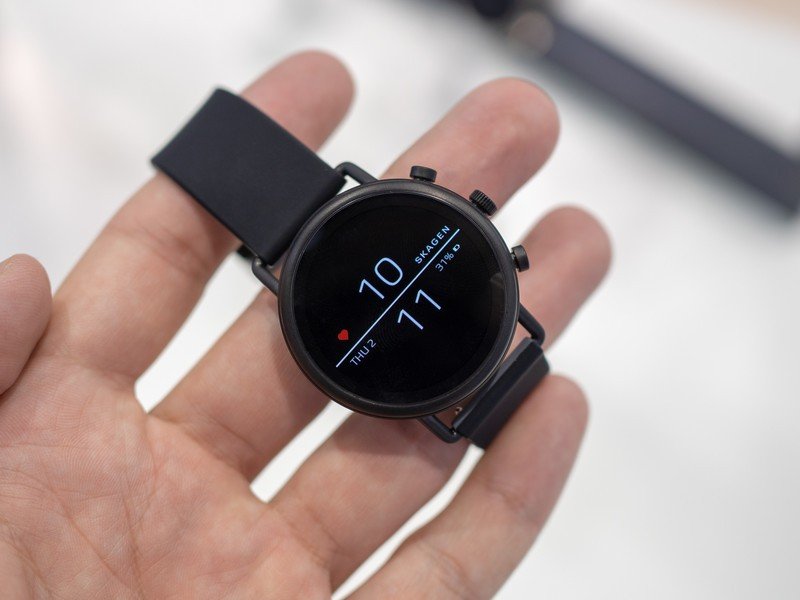
Skagen is clearly extremely proud of this design, even though it isn't dramatically changed from the original Falster that was launched at the start of the year. But there are critical updates here that mostly come down to the new model being standardized on the same platform as the rest of the Fossil Group portfolio. The Falster 2 is now swimproof, has an advanced heart rate monitor, has NFC for Google Pay, GPS for activity tracking and two programmable side buttons.
None of those additions took away from the stated goal of the Falster 2's design: simplicity. This watch is downright gorgeous, and I loved how it looked and felt on my wrist. It's extremely small by smartwatch standards, with a 40 mm case and 20 mm lugs, and the stainless steel case just feels solid even with the understated lugs poking out of either end. The design works particularly well in the matte black finish when paired with a black band, but there's also a two-tone polished/black, two-tone gold/black, and matte grey. It's tough to overstate just how small the watch felt on my wrist, even compared to the 42 mm Galaxy Watch I've been wearing this week. The rotating crown felt great, as did the two side buttons that operated with a satisfying click.
I was only able to put on the versions with a silicone strap and the new magnetic stainless steel mesh, but there's also a deep cognac leather that looks like it would really class up the whole look. Moving up from the standard silicone band to one of the mesh bands is only a $20 up-sell from the base $275 price, which is totally reasonable considering the quality of the bands.
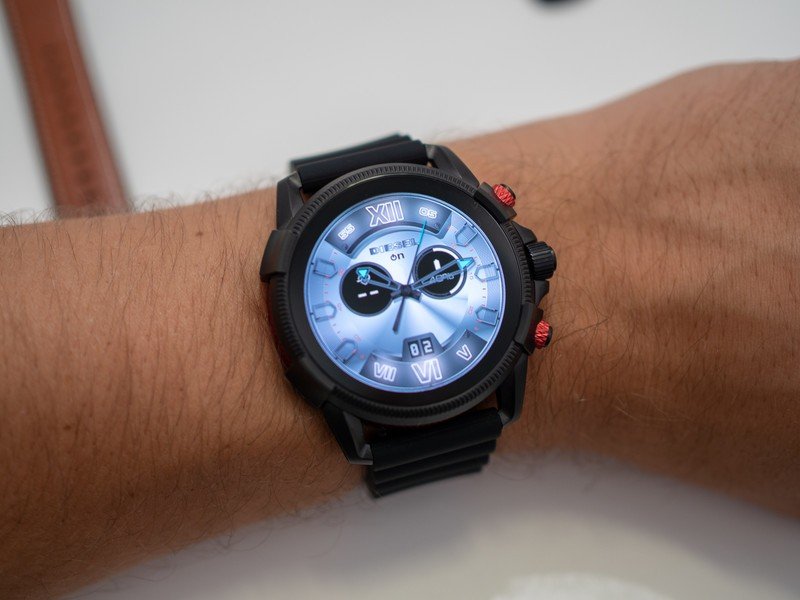
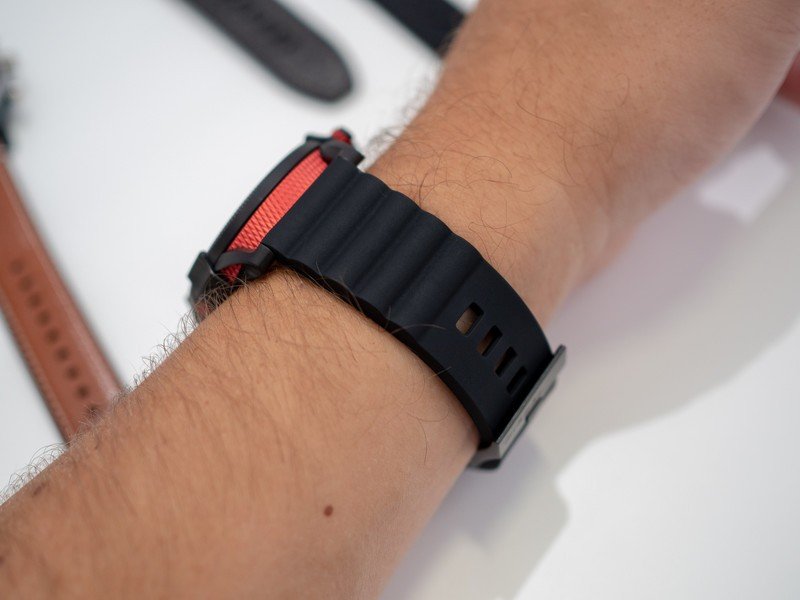
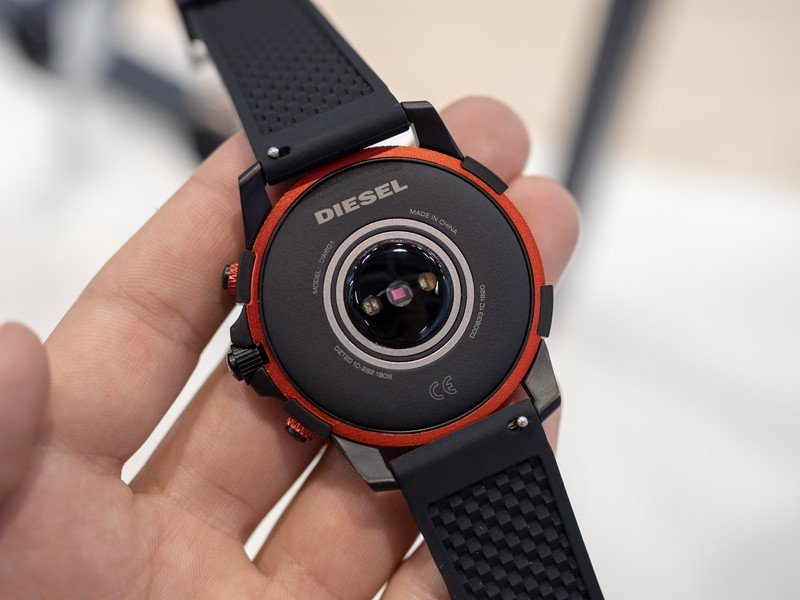
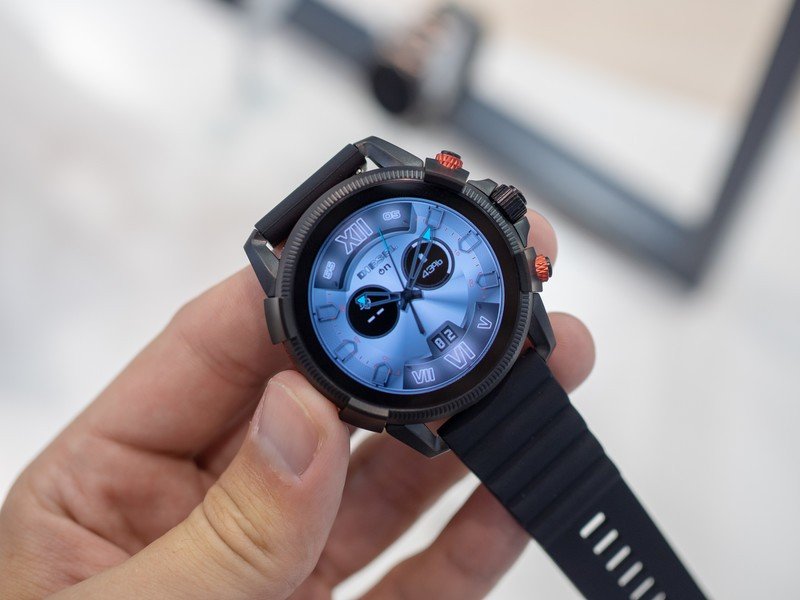
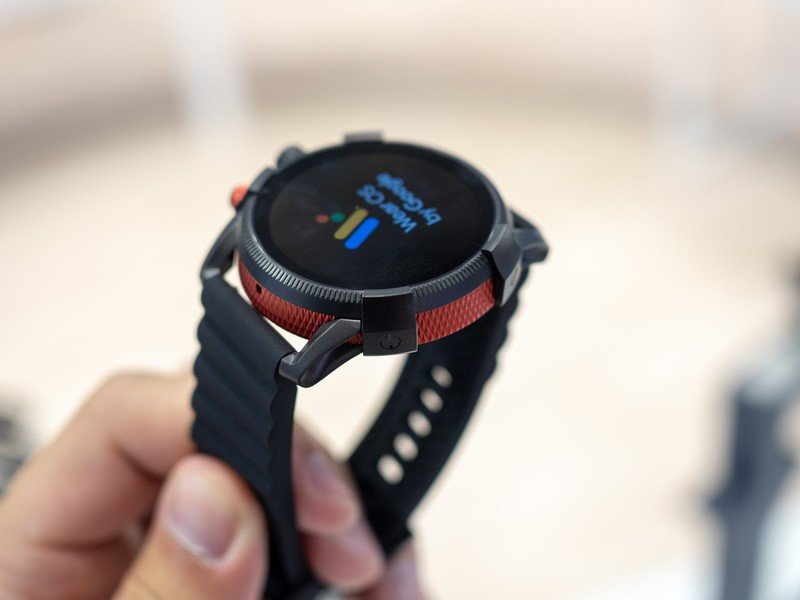
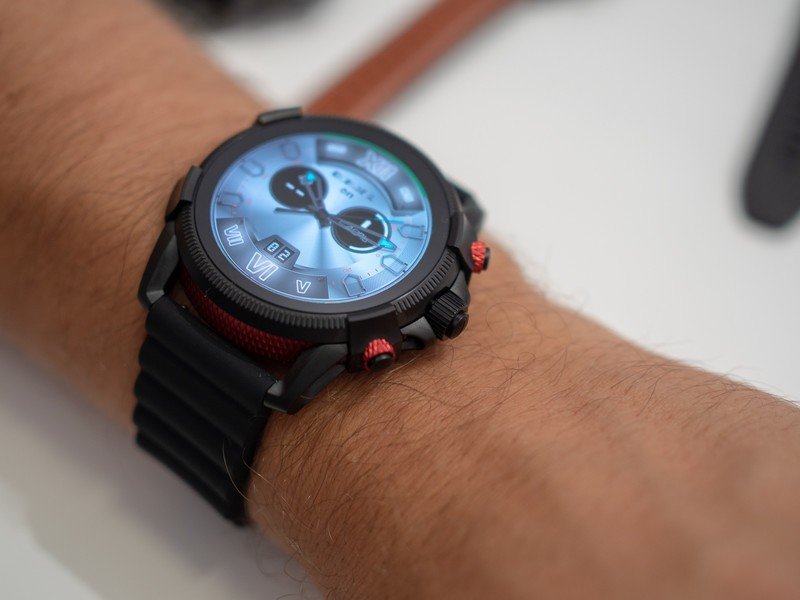
On the opposite end of the design spectrum, we have the new Diesel Full Guard 2.5. This is the kind of polarizing look you either love or hate, and that's exactly what Diesel is going for — and why there are other more understated options available from other brands. It's built on the same basic platform as the Falster 2 in terms of battery and capabilities (heart rate, NFC, buttons, interchangeable bands), but the entire casing is obviously unique.
You either get it, or you hate it — but that's the variety we need to see in smartwatches.
I was actually surprised by how thin the Full Guard 2.5 was in person after looking so massive in photos. Perhaps it's simply because the case is so wide and tall (47 mm wide and 56 mm tall), owing to the 1.39-inch display, that the thickness doesn't seem as much of an issue, but it works. But yes, it's definitely large and will definitely be too big for some people — you shouldn't be checking out a Diesel watch if you wanted something small and simple. The metal casing has strongly contrasting colors, lots of texture and a mixture of multiple metals, meaning there isn't a dull angle on this thing — particularly in the black and orange color scheme I'm showing here.
Get the latest news from Android Central, your trusted companion in the world of Android
Once again there are many band options that stand out just like the casing does. Depending on the combination you choose you'll be paying around $325-375 for the Diesel Full Guard 2.5, which creeps up into the range that fewer people will be interested in unless, once again, they really like the unique design.
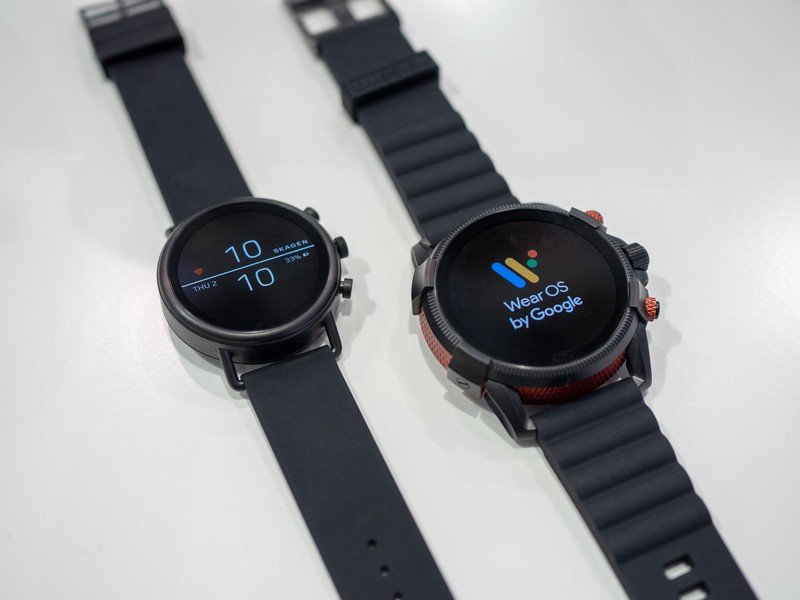
Both watches are running on the same basic internals, which means you're getting 512MB of RAM, 4GB of storage and the Snapdragon Wear 2100 processor. That last bit is what's grating on some people as they see a couple beautiful watches that have a processor due to be replaced on September 10. Unfortunately, this is just how product cycles work — these watches have been in development for months, well before the company had any idea when they can expect a new processor.
Fossil Group will be supporting these watches with upcoming software just as long as it would any other product, so there isn't much to worry about there. It's also a positive sign that Google is showing off the brand new Wear OS update on watches that are still running the Wear 2100 processor. Until we know exactly what the real-world benefits will be with the new processor, let's hold at least part of our judgement.

Andrew was an Executive Editor, U.S. at Android Central between 2012 and 2020.
